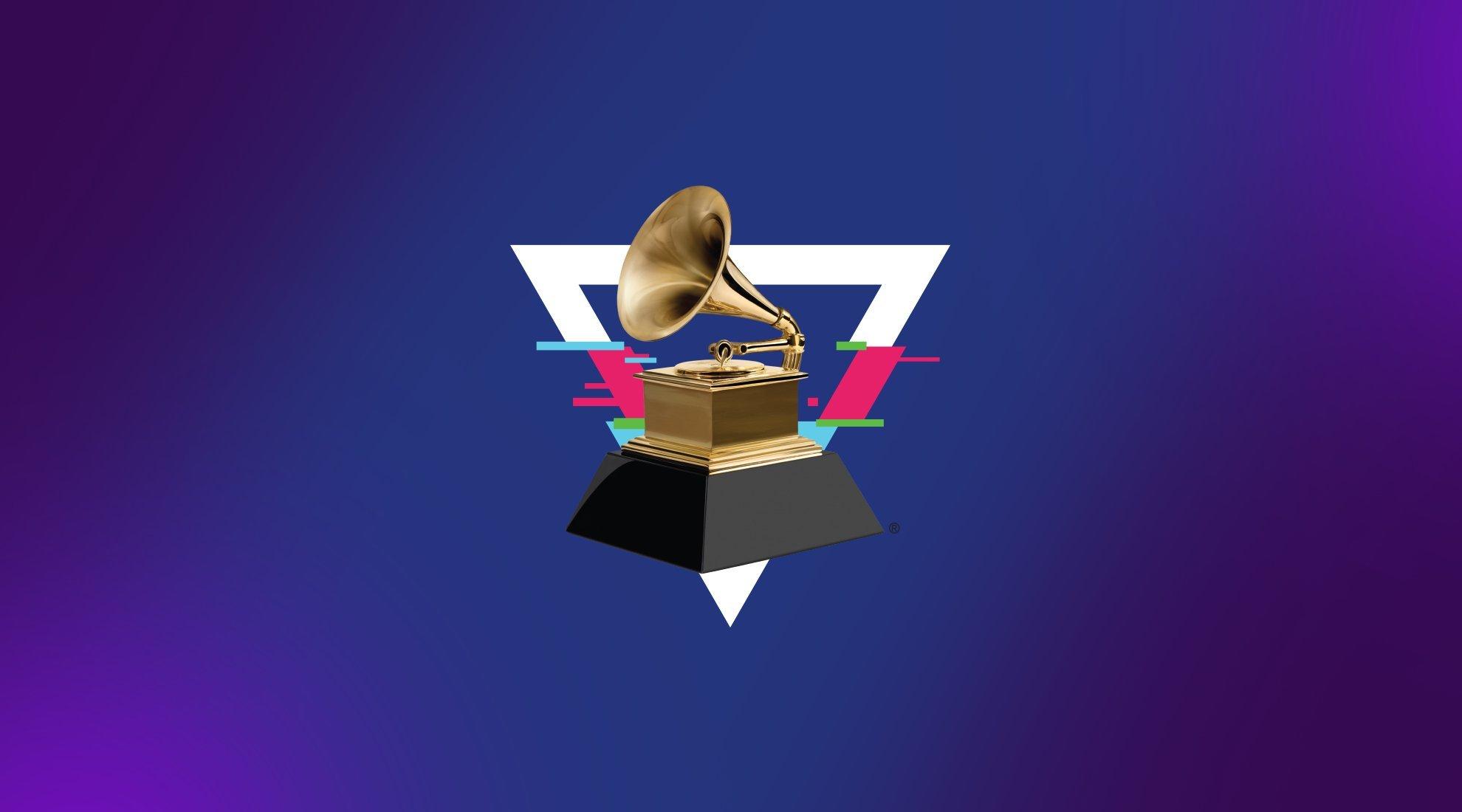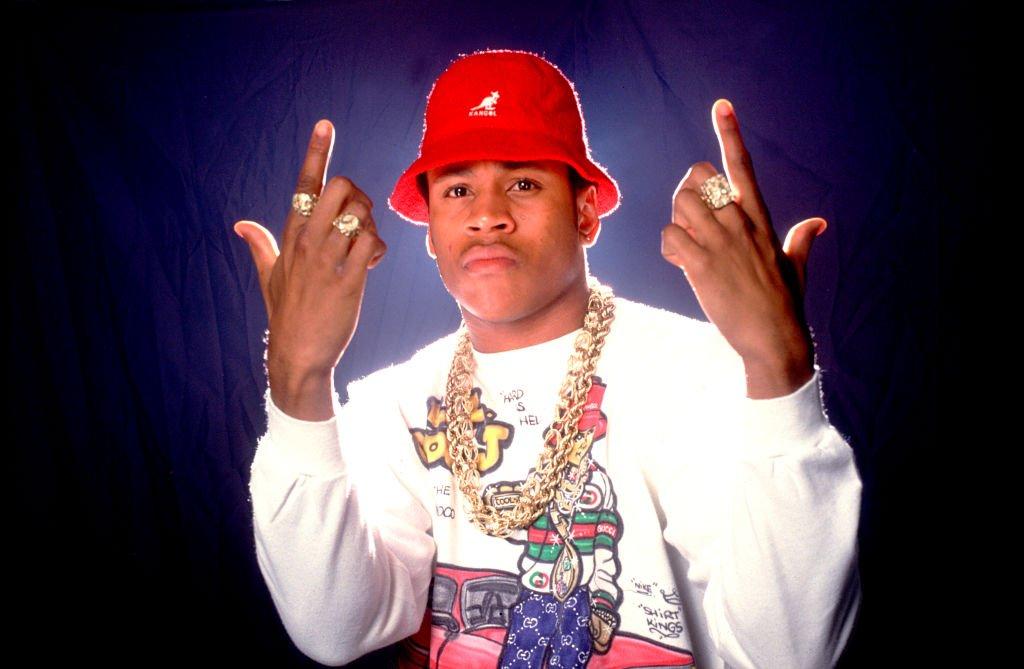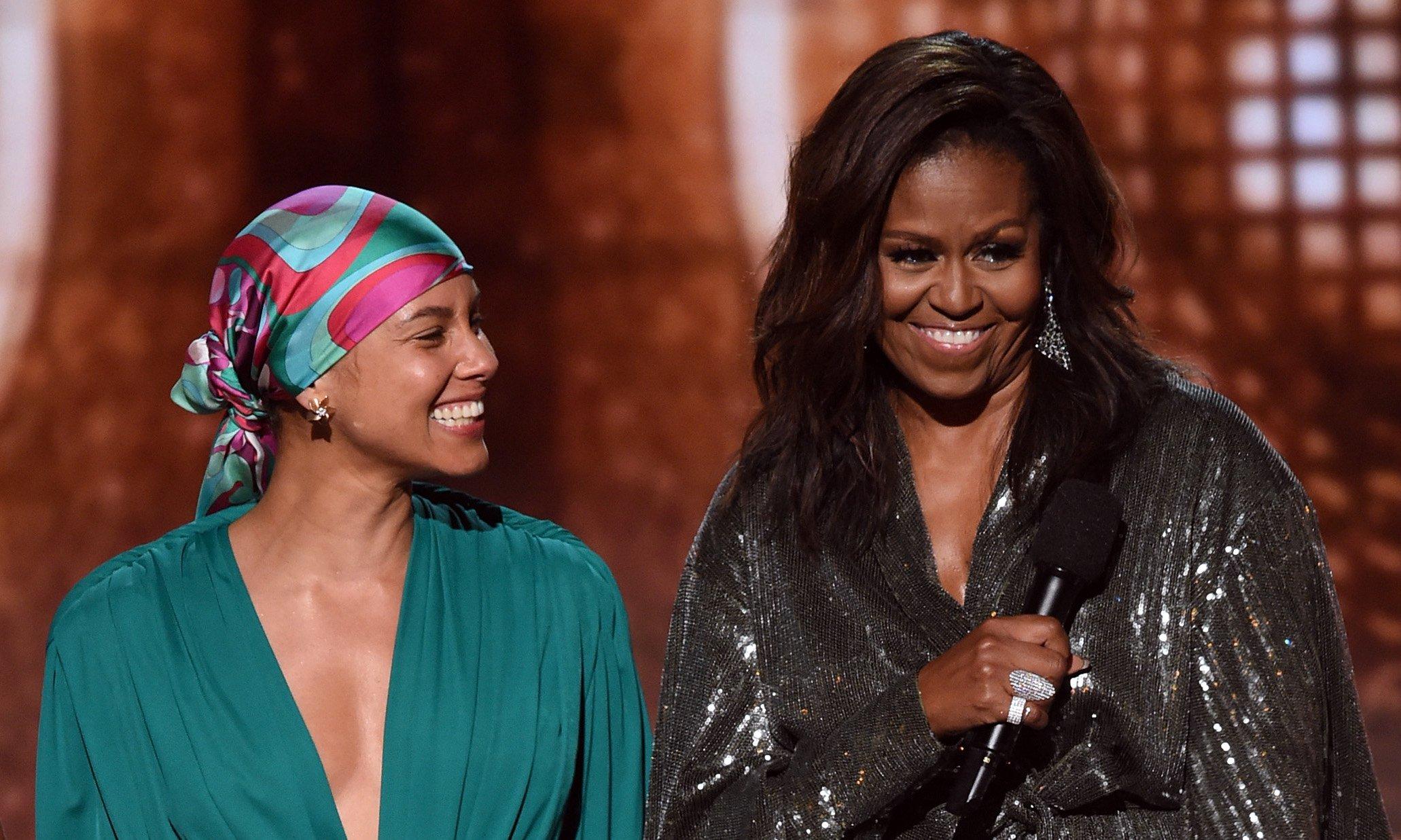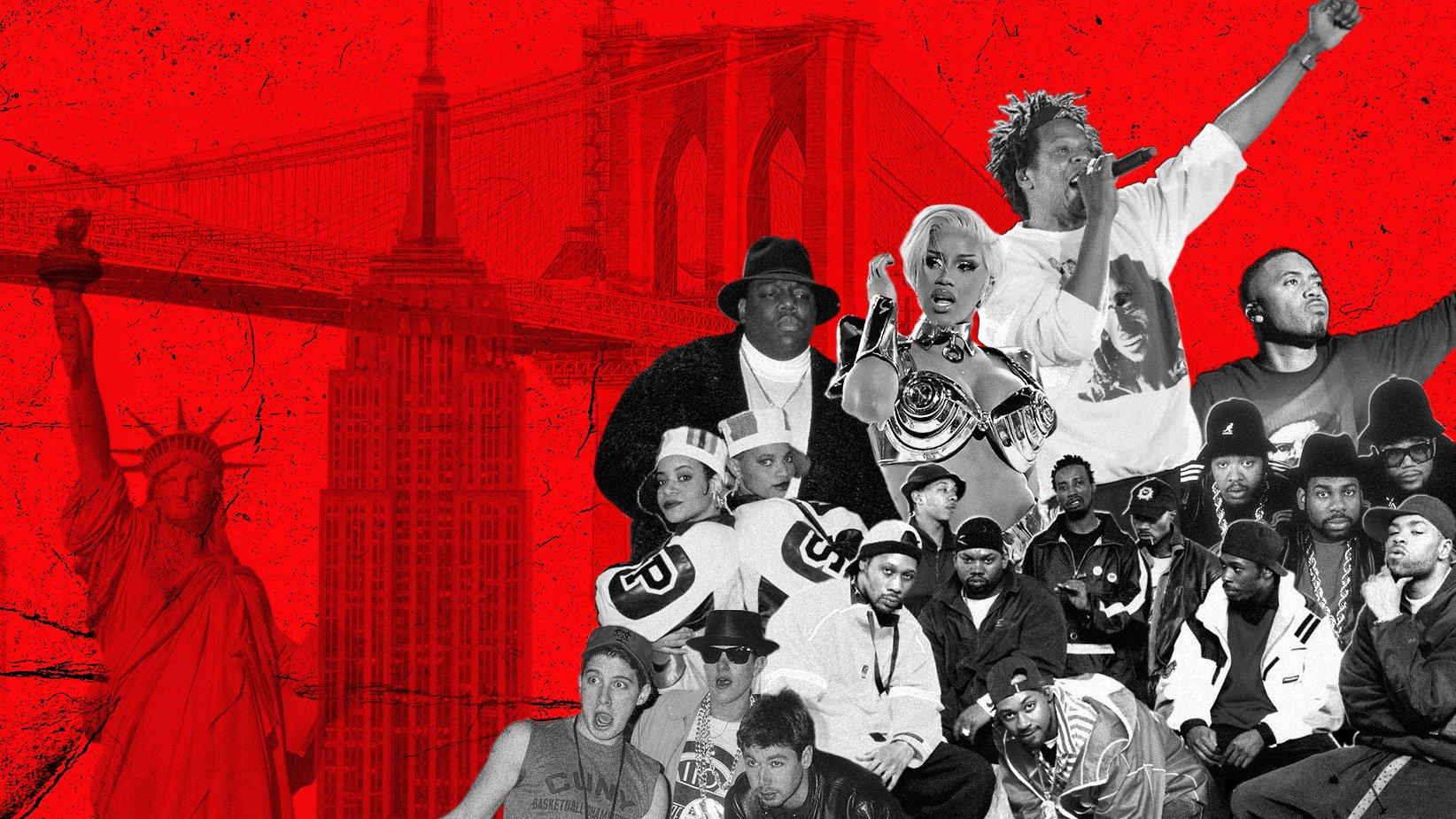New York is indisputably the birthplace of hip-hop, but which of the city's five boroughs has dominated the genre continues to be a spirited debate among its scholars and natives.
The "Boogie Down" Bronx is the origin point of hip-hop history. It’s here Clive Campbell a.k.a. DJ Kool Herc threw a rec room party in 1973 that put hip-hop as we know it in motion. The city's northernmost borough is the home of groundbreaking artists from OGs Grandmaster Flash and Slick Rick, to contemporary stars including Cardi B.
The case for Queens — home of Def Jam Records and a host of GRAMMY-winning and nominated rappers from Run-D.M.C. and Salt-N-Pepa, to LL Cool J and Nicki Minaj — is often made.
On her 2005 track "Lighters Up" Lil' Kim declares Brooklyn "Home of the Greatest Rappers." It’s hard to argue. Marcy Projects alone would give us Christopher Wallace a.k.a. Biggie Smalls and Jay-Z.
Manhattan also plays a role in hip-hop’s evolution as a playground where rappers intermingled with punks, rockers and the thriving art scene throughout the ‘70s and ‘80s. Elements of each of these developing artforms culminating in the music of the Beastie Boys. And because he is so often referred to as a West Coast rapper, it’s easy to forget Tupac Shakur was born in Manhattan.
Staten Island is, of course, home to the one and only Wu-Tang Clan and its diverse cosmology. Even the suburbs can boast major contributions — Long Island is the home of Public Enemy and Erik B & Rakim; head north of the Bronx to Westchester County, and you'll enter the home of the late rapper DMX.
What’s clear when we look at each borough, is that the culture and art of hip-hop would not exist if not for New York. Without the contributions,style and unique cultures of neighborhoods within Brooklyn, Queens, Manhattan and Staten, the artform would not have developed into the juggernaut it is today. Press play on the Amazon Music playlist below — or visit Spotify, Pandora and Apple Music — to take an auditory tour of the best of the boroughs.
To celebrate the 50th anniversary of hip-hop, hop on the train and travel from borough to borough for its unique history and sounds.
As you examine the breadth of NYC hip-hop, you’ll find artists with a deep and complex relationship with the city. Biz Markie, for example, was born in one area of the city, raised in another, and claimed membership to a crew for a whole other borough. His story, and that of others who deserve many flowers, demonstrate that while hip-hop can be dissected by region and subway line, it’s the Big Apple's density, multiculturalism, an urban innovation that has made it arguably one of America's greatest art forms.

Mass immigration from Puerto Rico and the Dominican Republic in the 1950s made the Bronx the first majority Black and Latino borough in NYC by the mid-'70s. It’s not a coincidence that the Bronx was also woefully unserved by the city government, resulting in bleak economic conditions.
"Kids with little or no resources created something out of nothing," the Funky Four Plus One’s MC Sha Rock told ABC News said of hip-hop's origins. "No matter what was going on around us in New York City at the time, we looked forward to the park jams."
These jams featured breakdancing, DJs mixing, and MCing — all key elements of hip-hop that emerged from house parties and underground venues into a city-wide consciousness. "Hip-hop wasn't called hip-hop in the ‘70s, was called 'going to the jams,'" Sha Rock continued.
A few years before the park jams took off, DJ Kool Herc’s August 1973 rec room party put hip-hop as we know it on the map. Herc took classic records and popular hits, broke down the beats, and invited MCs to chime in over them invoking the Jamaican style of delivery, talking or chanting, usually in a monotone melody, over a rhythm known as "toasting" in reggae.
In 1975, the Bronx Boys Rocking Crew (or TBB) fostered another element of hip-hop when they organized late night tagging sessions. These young graffiti artists brought the color and life of their borough to the rest of the city, as painted subway trains provided moving canvases and controversy.
By the time the park jams were happening, some graffiti crews had expanded into competitive dance. With moves drawn from martial arts, gymnastics, and modern dance, "breaking, popping, and locking" would see b-boys and b-girls become as important as music to hip-hop as an art form. Breaking as an art has continued to flourish and will soon be an Olympic sport.
Bronx-born artists such as the Funky Four Plus One, Grandmaster Flash, Afrika Bambaataa, Melle Mel and Kurtis Blow became pioneers of the genre in the 1970s, and helped define hip-hop in the '80s.
The borough would go on to boast Kool Keith, KRS One, Big Pun, Fat Joe, and Cardi B, among many others, as acts who have innovated the Bronx’s place in hip-hop culture. The borough is now home to the Universal Hip-Hop Museum and will host events at Sedgwick and a 50 Years of Hip-Hop concert at Yankee Stadium.

In 1990, Brooklyn was New York’s Blackest neighborhood, with 73.1 percent of its Black residents native born. The previous decade had seen Brooklyn rappers rise to prominence in hip-hop, by the end of the 1990s the world’s ear was tuned into Brooklyn.
Known for his use of three turntables, Cutmaster DC's early tracks "Brooklyn's in the House" and "Brooklyn Rocks the Best" were the first to mention Brooklyn as a force in hip-hop music. These early '80s tracks also featured DC's pioneering technique of cutting breaks over Roland TR-909 beats, a marked moment for hip-hop's technical advancement.
Combining speed, style and humor, few would influence hip-hop's syncopation and cadence like Big Daddy Kane. In their 2012 list of The Greatest Hip-Hop Songs of All Time Rolling Stone called Kane "a master wordsmith of rap's late-golden age and a huge influence on a generation of MCs." Within a few years Brooklyn flow would be redefined by the slow deliberative annunciation of the Notorious B.I.G., whose delivery would become one of the most interpolated in rap history.
The styles of both would be emulated and refined by a young Brooklyn rapper named Shawn Carter. The artist later known as Jay-Z attended George Westinghouse High School in downtown Brooklyn, where his classmates included Busta Rhymes, Biggie and DMX — all of whom would play a critical part in the evolution of rap’s delivery styles.
The borough wasn’t only a boys club. MC Lyte, Foxy Brown, and new rappers like Young MA continue to put Brooklyn on the musical map.
On Aug. 11, 2023, Brooklyn locals (and GRAMMY winners) Digable Planets will headline Celebrate Brooklyn! festival's 50th anniversary of hip-hop event.

The largest Borough by area, Queens boasts the Guiness World Record for most languages spoken and gained the nickname "The World’s Borough" for its diverse population. Whereas Bronx hip-hop was derived from Black American and Caribbean cultures, Queen’s hip-hop samples the world. While the 1970s saw the Bronx give birth to hip-hop, the 1980s saw the eastern borough of Queens mature the art form.
Queen’s hip-hop history has roots in two specific areas: the Queenborough Projects and Hollis. The Queensboro Projects, a.k.a. "The Bridge," were one of the few unsegregated projects in New York. It was also home to Marley Marl, who accidentally discovered sampling while working on a Captain Rock record as a studio intern in the early ‘80s.
"I was actually trying to get a riff off of a record. I made a mistake and got the snare in there before the sound came," he recounted to NPR. "The snare sounded better than the snare that I had from the drum machine when I was popping it…I was like, "Hold up!" This will enable me to take any kick and a snare from any record that people love and make my own beat." Marls’ use of the 808 pulse to trigger different samplers was revolutionary, and he would become a pioneer for his ability to blend sampled and 808 drum sounds.
Marl’s contribution would extend beyond the technical. As a member of the Juice Crew, he brought the voice of 14-year-old Roxanne Shanté to the world. She created a new lane for women in rap as well as the blueprint for the diss track on the seminal "Roxanne's Revenge."
About a half hour east on the F Train in Hollis, Queens, brothers Joseph and Russel Simmons (a DJ and promoter respectively) founded Run-D.M.C. with friends Darryl Mc Daniels and Jason Mizell. Run-D.M.C.'s sound featured a synchronized, aggressive delivery over simple but memorable rock hooks and beats. Later, the group established Def Jam Records, the label that would prove rap could sell millions of records to Top 40 audiences and bring rap to the mainstream as the first rappers to be featured on MTV.
As valuable as the musical contributions of Run-D.M.C are, they are equally vital to the development of fashion as an element of hip-hop. Street style, as it would come to be known, is born in Queens: Kangol hats, unlaced Addias, Carzal frames, and thick gold chains are now as synonymous with hip-hop as beats and samples. Today, fashion is so central to hip-hop, and vice versa, that New York's FIT Museum recently held an expansive exhibit on hip-hop style.”
Complex proclaimed Nas’ Illmatic "set off a seismic shift in rap geopolitics" and added that the 1994 record "galvanized Queensbridge hip-hop and by extension East Coast rap as a whole." His introspective and poetic approach to writing is credited for bringing the best out of his contemporaries and inspiring next generation rappers like Killer Mike and Kendrick Lamar, challenging them to meet his lyrical bar.

Though "The Fly Borough" is the most densely populated, the majority of its hip-hop history is concentrated in the northern Manhattan neighborhood of Harlem.
Home of the legendary Apollo Theater, the neighborhood was well rooted in Black music when World War II vet Bobby Robinson opened Bobby’s Records in 1946 — one of Harlems’ few Black owned businesses at the time. The record store would evolve as would Robinson’s involvement in music. He would become a producer and label head whose 1970 imprint Enjoy Records released music by hip-hop's earliest innovators, including Grandmaster Flash, the Treacherous Three, and Doug E. Fresh. The label would also feature Master Don, whose signature use of a "Funk Box" percussion synthesizer and its crispy digital hi hat is still heard in trap music today.
Harlem was also home to Dapper Dan, the first designer to "borrow" designer goods and modify them with hip-hop flair. His boutique operated from 1982-1992 and was essential to the merging of luxury brands and hip-hop culture. Although brands like Gucci first sued for copyright infringement, they eventually saw the value of hip-hop's branding power on high end fashion sales. In 2018, Dapper Dan and Gucci collaborated on a capsule collection.
Also during this ‘80s culture boom, three high schoolers from Manhattan applied the ethos of punk rock to the emerging street sounds of hip-hop.
The Beastie Boys began by pirating rap, self-admittingly "Rhyming and Stealing" for their 1986 Def Jam debut License to Ill, and went on to forge a new lane for the medium. They broke all the rules of sampling and production with their seminal Paul’s Boutique, which Rolling Stone noted is often dubbed "The Sargent Pepper of hip-hop" and lauded for its layer sampling technique. In their ranking of Paul’s Boutique Consequence of Sound wrote, "Paul’s Boutique sat at a finish line waiting for the rest of the world to catch up."
While the outer Boroughs would enjoy most of the attention musically throughout the '90s and 2000s, the 2010s would see Harlem again centered in hip-hop with the arrival of young rappers like Azealia Banks and the ASAP Mob collective.

RZA, GZA, Method Man, Raekwon, Ghostface Killah, Inspectah Deck, U-God, Masta Killa, and Ol’ Dirty Bastard and later Cappadonna would find success as both a group and as solo artists. infiltrating the "big six" 1990s major record labels by design. You can also hear the influence of RZA on modern acts like El Michels Affair, which draws inspiration from Wu-Tang's melodic take on instrumentation and released two albums of instrumental soul covers of Wu-Tang Clan songs.
Their impact would go far beyond music however. Hip-hop biographer Will Ashon recounted Wu’s influence on fashion, noting that the group were part of a trend of simplification.
"Their whole modus operandi was to present themselves as real and unmanufactured, so their clothing choices had to reflect this. The rawness and directness of the music was supposed to be echoed in the rawness and directness of their clothing. They were a big part of the early 1990s move towards baggy and oversized clothes. Huge combat trousers or sweatpants, Timberland boots, hoodies, puffas, do-rags, gold fronts and so on. A ‘street soldier’ look."
As you’d expect, Wu’s presence looms large over future Staten Island artists, including G4 Boys and Killarmy. New artists like Cleotrapa, a spicy, no-holds-barred femme rapper, also counts Wu-Tang as an influence and is helping define Staten’s next chapter.
The history of the intersection of New York City and hip-hop culture is as big and diverse as the city itself. We could only touch on a handful of artists and creators in this piece, but the topic has been explored at length in books like Cant Stop Wont Stop by Jeff Chang and The Come Up: An Oral History of the Rise of Hip-Hop. Documentaries on hip-hop can be found on almost all streaming platforms Netflix’s notable Hip-Hop Evolution and Ladies First: The Story of Women in Hip-Hop.
Listen To GRAMMY.com's 50th Anniversary Of Hip-Hop Playlist: 50 Songs That Show The Genre's Evolution

















